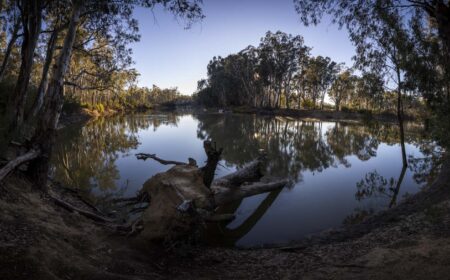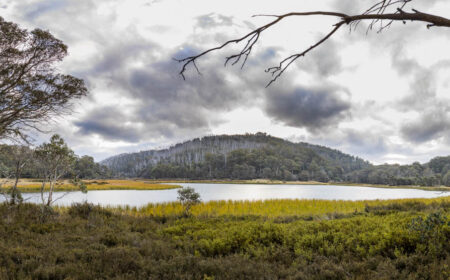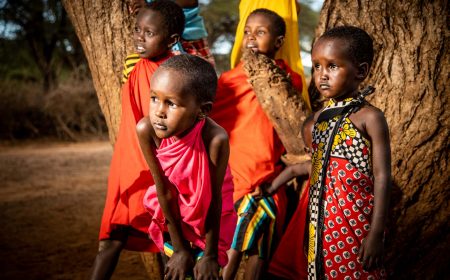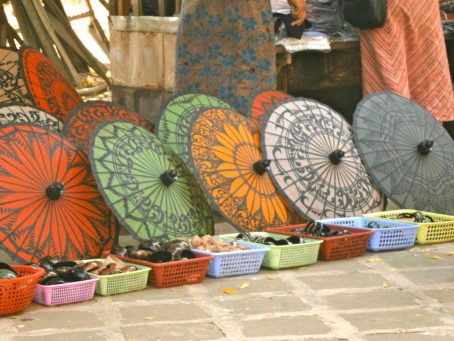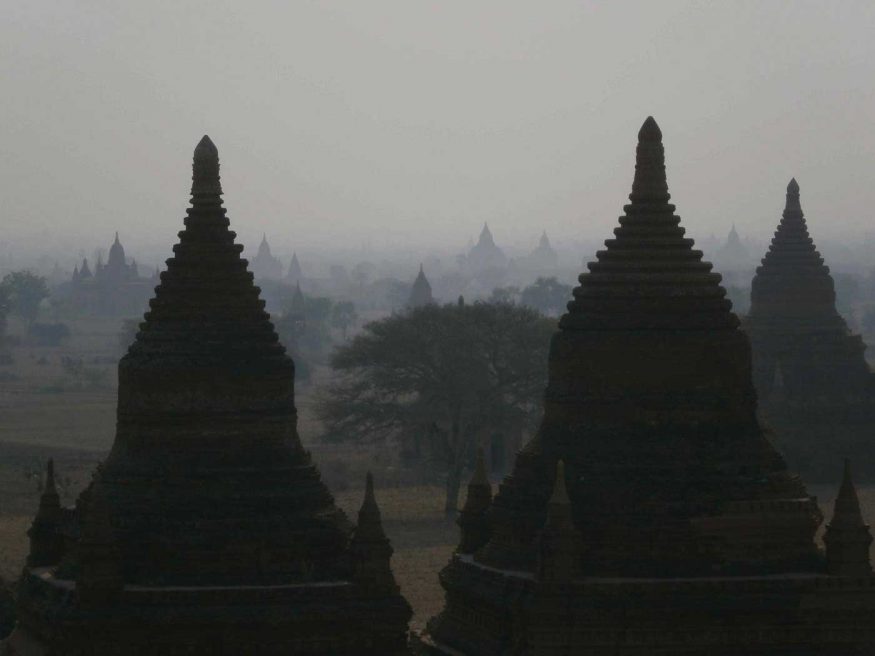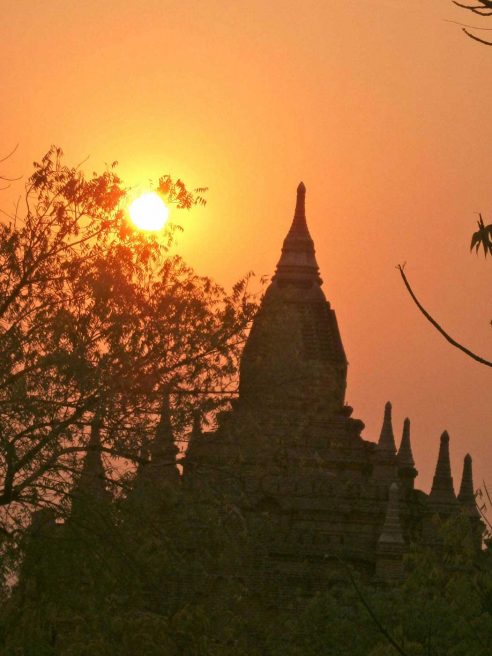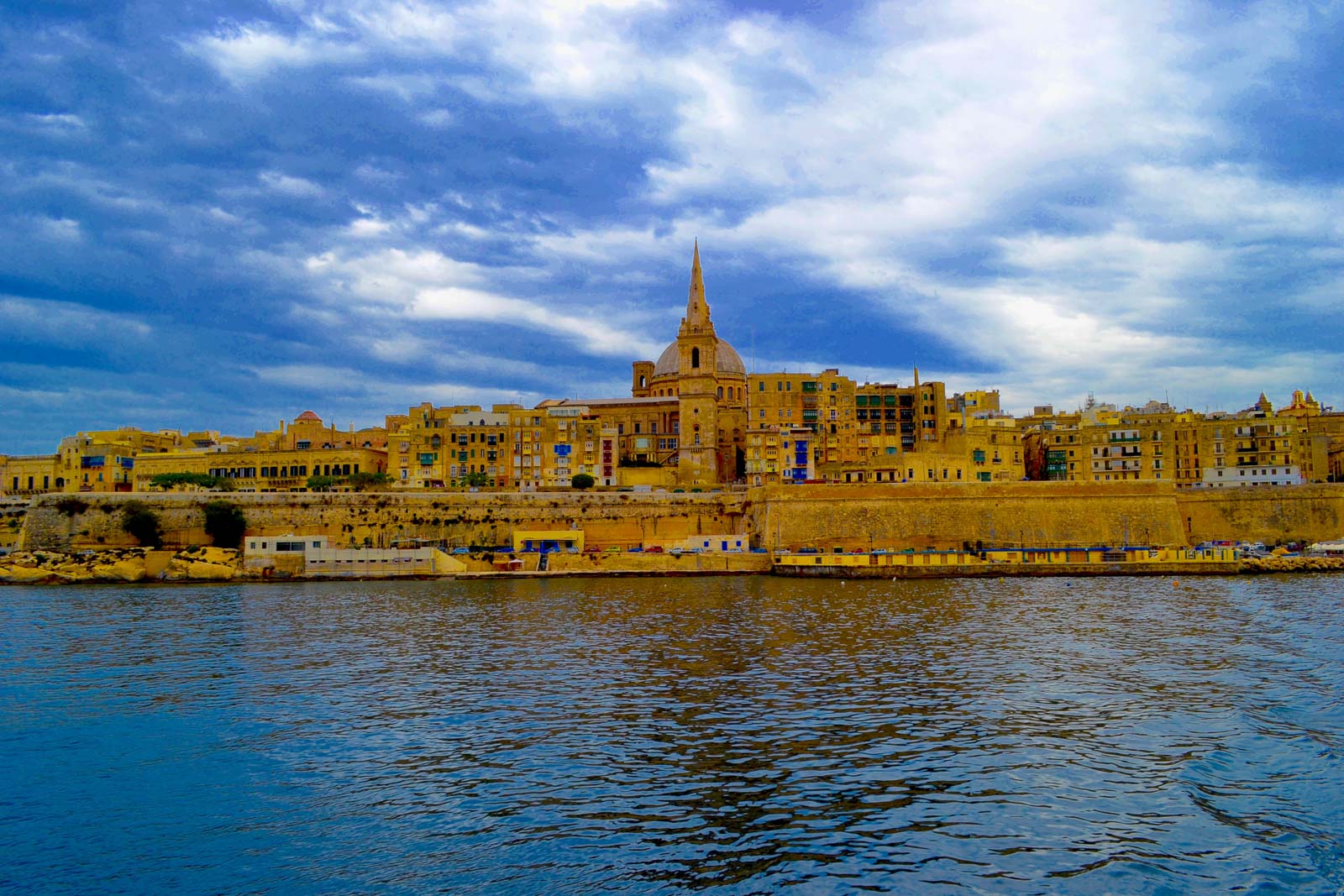After spending the morning at Mt Popa we made our way to Bagan, home to more than 3000 temples and the iconic image of Myanmar.
We arrived early afternoon, just in time for a swim in the stunning hotel swimming pool, before we were on the road to get up close to some of the temples.
We got our driver to pick out the best of the temples for us to visit – we were never going to make it through all 3000 temples, so instead had to just take in a selection of the best.
We visited a range of different styled temples, all impressive. And of course the trinket sellers knew they were on to a good thing with us as they sold us bowls, t-shirts, pictures, tooth pick holders (because really, who doesn’t need a paper mache toothpick holder?) and jewellery boxes.
We spent the evening watching the sun set over the temples.
The touristy thing to do is climb one of the temples and watch as the sun drops over the thousands of surrounding temples – very stunning, very romantic and very crowded!
We asked our driver drop us off in old Bagan for dinner so we could check out the old town by night. We had thought we would walk back to our hotel, but it was quite dark by the time we finished dinner – no streetlights – and it only cost $5 to take a horse and cart, which looked far more fun!
So we jumped in for a bumpy ride back to the hotel – so bumpy that the skirt I had just bought that day fell out the back and we had to pull over while I ran back 50 metres to pick it up. Sam nearly fell out of the cart laughing.
Of all the temples in Bagan, the most important and apparently most impressive is the Amanda Pahto. And it certainly was impressive.
The temple consists of four large Buddhas and thousands of smaller Buddhas in the walls surrounding. There are three corridors around the central four Buddhas, apparently the inner corridor was for the King and Monk, the middle corridor for the Royal family and the outer corridor was for other worshippers. The walls between the corridors are about two metres thick.
The temple is believed to have been built around 1100AD. Apparently many of the temples here were Indian inspired, which could go some way toward explaining why the temples made me think of Khujaraoh.
After another day of temple viewing we asked to go to a school so our guide took us to an orphanage which was home to 71 children – novice Monks who have no relatives.
The students sleep on blankets on a wooden floor, all in one room and unlike most of the children we have seen here, none of them looked very happy.
We left a donation and then discovered they receive quite a lot of donations here, though it really didn’t look like they did, but then it must cost quite a bit to feed and clothe 71 boys.
Join us on Instagram, Facebook and Twitter for more travel chatter.
